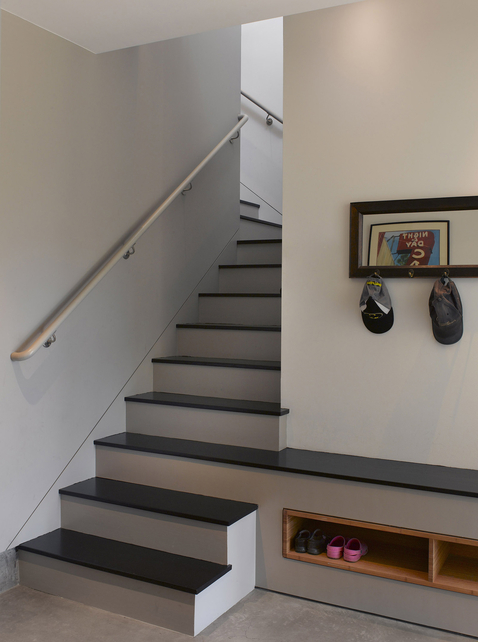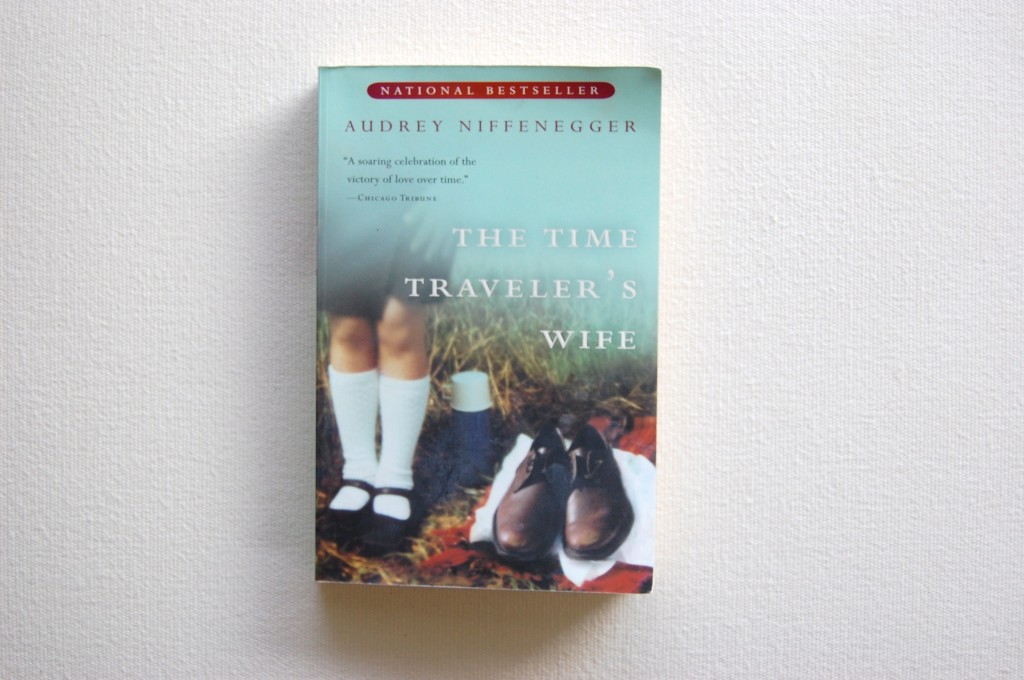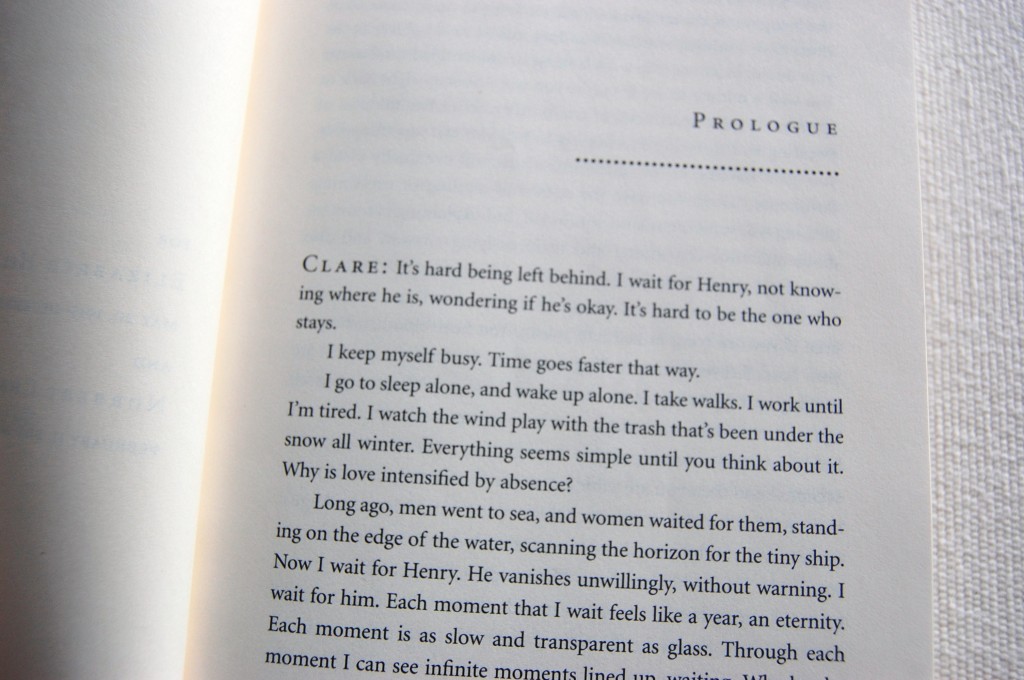Florida at Christmastime isn’t particularly warm, but it’s near tropical for Wisconsinites (of which I am finally one), so it is not the light breeze that causes my arms to hover close to my core while sitting at the pool. In fact, it is something that exists entirely in my head, and I have to consciously and decidedly lift my elbows and hands away from my hips and stomach towards the armrests so as to appear confident.
The right to be a woman, in the finest sense, relies on such confidence.
My two-piece bathing suit beguiles a certain flirtatious composure (it’s got polka dots), and at 5’8” (okay, 5’7” and a half) and 130 lbs, I wear it well. According to my original Illinois driver’s license, that identifying information hasn’t changed for ten years. I still weigh the same as I did in high school, but there isn’t a day that goes by that I don’t think I feel fat.
When I look at pictures of myself, I can see rationally that I am skinny, that I look skinny. That I am healthy, and I look healthy. That I am beautiful, and I look beautiful. Rationally, these are all facts that can be written and entered into evidence.
Quite irrationally, I can tell you that the daily struggle of being a woman is that my stomach expands when I eat, my thighs are big and my hips are large. I also worry about the backs of my arms, the portion of my leg directly underneath my butt, and the meeting place of my neck to the space underneath my chin.
Necessary qualifiers: I have an active lifestyle, I love to cook, I love to eat, I don’t read so-called women’s magazines and I usually love my biggest “flaws” – my thin lips, pale skin, imperfect nose and uneven eyebrows, thin fingernails, fine hair, big feet, small breasts, large rear. I’ve been known to run errands without make-up.
But I am looking in the mirror more often lately. Ryan says this to me, over Christmas vacation, while we sit in a high-rise condo that has a mirror on every wall and round every corner. There are a lot of mirrors here, I reply, but I know what he is talking about. He is worried about me, he says.
I don’t wonder at air-brushed models but the pre-teen girl walking down the street in West Palm Beach, dressed with too many inches exposed on her sapling thighs. Or the girls at the Philly wedding whose legs are the size of my arms and whose arms are the size of my wrists. Is this sickness? Disease? Good genes?
A couple mornings later, I spend too much time getting dressed considering I work for a start-up with a casual dress code. I dress up because I like to. I try not to stand out too much from my colleagues who wear jeans and sweatshirts by wearing a cotton t-shirt fabric scarf, or nice boots over leggings. I wear a lot of casual dresses with tights. I try to match the VPs (all men), but since there are no women executives, it’s difficult to know if I’ve got it right.
I could go on.
And then, on any given day, I read about why there are fewer women CEOs, that women are better CEOs, that women are less promising as candidates for promotion, that surgeons can now relocate fat from your thigh to your chest, that kids see housework as a women’s domain, just 4% of venture capital goes to women, wives earn more than their husbands, and just being a woman is a pre-existing condition in healthcare.
I find the truth somewhere, not in the piling up of research, like clothes discarded on my floor, but in accounts from real-life women, between the lines in their interviews, bluntly stated in their ethos, and shared and protected among friends.
“The truth is,” Joanne Lipman says, a former deputy managing editor at The Wall Street Journal and founding editor in chief of Condé Nast Portfolio magazine, “women haven’t come nearly as far as we would have predicted 25 years ago. Somewhere along the line, especially in recent years, progress for women has stalled. And attitudes have taken a giant leap backward.”










